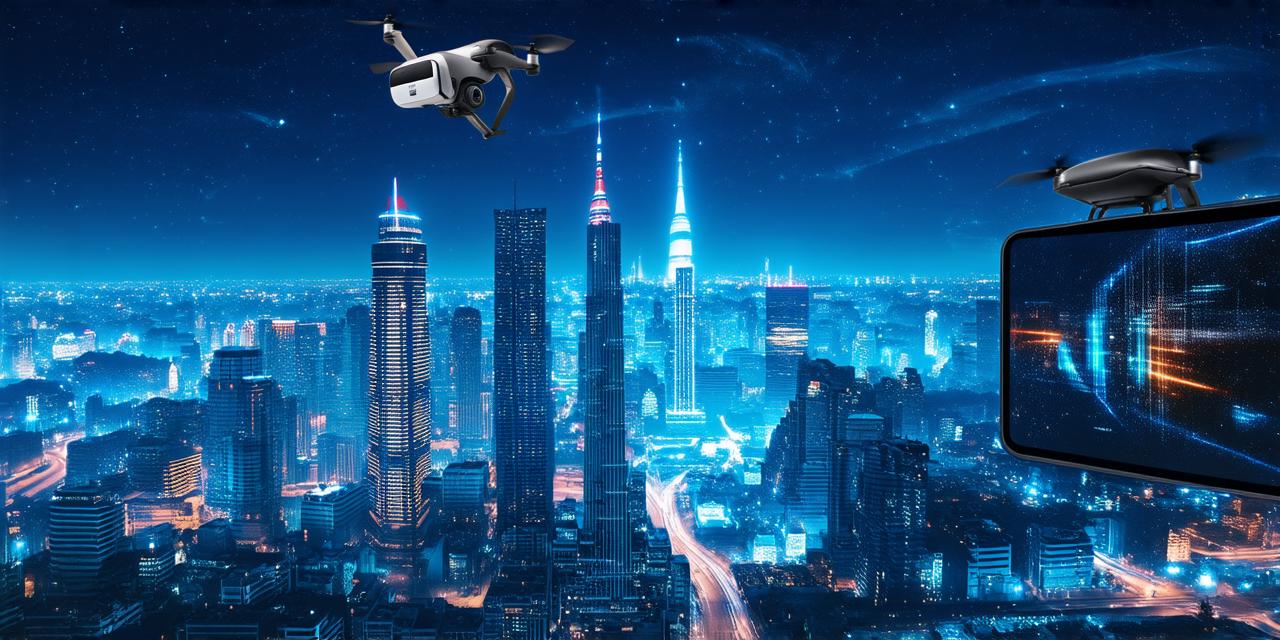1. Gaming
Virtual reality gaming has been one of the first and most widely adopted uses for VR technology. With VR headsets, users can immerse themselves in a virtual world, interacting with characters and environments as if they were real. This has allowed game developers to create more immersive and engaging experiences for players, with games like “Beat Saber” and “Job Simulator” becoming popular choices for gamers looking for something different.
2. Medical Training
Virtual reality is also being used in the medical field for training purposes. With VR simulations, medical professionals can practice surgical procedures without risking patient safety or damaging equipment. This has allowed doctors and nurses to improve their skills and knowledge, ultimately leading to better patient outcomes. For example, the University of California, San Francisco (UCSF) is using VR technology to train surgeons for complex procedures like heart surgery.
3. Real Estate
Virtual reality is being used in the real estate industry to give potential buyers and renters a more immersive experience when viewing properties. With VR headsets, users can walk through virtual representations of homes and buildings, seeing all the details and getting a feel for the space before making a decision. This has made the real estate process more efficient and convenient for both buyers and sellers.
4. Education
Virtual reality is also being used in education to create more engaging and interactive learning experiences. With VR simulations, students can explore historical events, scientific concepts, and cultural traditions in a virtual world. This has allowed teachers to create more immersive lessons that students will be more likely to remember. For example, the National Museum of African American History and Culture uses VR technology to give visitors an interactive tour of the museum’s exhibits.
5. Tourism
Virtual reality is being used in the tourism industry to allow people to explore destinations from the comfort of their own homes. With VR headsets, users can take virtual tours of famous landmarks and attractions, experiencing the sights and sounds without having to physically visit. This has made travel more accessible and affordable for people who may not have been able to afford a trip in the past.
6. Manufacturing
Virtual reality is being used in manufacturing to improve product design, prototyping, and training. With VR simulations, manufacturers can create virtual representations of their products, making it easier to test designs and make changes before going into production. This has allowed companies like Ford to reduce the time and cost associated with building physical prototypes.
7. Retail
Virtual reality is being used in retail to create more engaging shopping experiences for customers. With VR headsets, users can explore virtual storefronts and try on clothes virtually, making it easier to find items that fit well and look good. This has made shopping more convenient and efficient for both customers and retailers.
8. Entertainment
Virtual reality is being used in entertainment to create immersive experiences for moviegoers and concertgoers. With VR headsets, users can experience movies and concerts as if they were there in person, allowing them to feel like a part of the action. This has made entertainment more engaging and memorable for audiences.
FAQs

Q: What are some of the most popular virtual reality applications?
Gaming, medical training, real estate, education, tourism, manufacturing, retail, and entertainment.
Q: How is virtual reality technology changing the landscape of different industries?
Virtual reality technology is allowing for more immersive and interactive experiences in gaming, medical training, real estate, education, tourism, manufacturing, retail, and entertainment.
Q: Is virtual reality technology making travel more accessible and affordable?
Yes, virtual reality technology is allowing people to explore destinations from the comfort of their own homes, making travel more accessible and affordable for people who may not have been able to afford a trip in the past.
Q: What are some examples of virtual reality applications in the retail industry?
Virtual reality is being used in retail to allow customers to try on clothes virtually, making it easier to find items that fit well and look good.
Q: How is virtual reality technology changing the way we approach medical training?
Virtual reality technology is allowing for more immersive and interactive experiences in medical training, allowing doctors and nurses to improve their skills and knowledge without risking patient safety or damaging equipment.
Conclusion
Virtual reality technology has come a long way since its inception, and it’s now being utilized in various industries for different purposes. From gaming to real estate and everything in between, virtual reality is changing the landscape of these industries by allowing for more immersive and interactive experiences. With continued advancements in VR technology, we can expect even more exciting applications and uses in the future.
